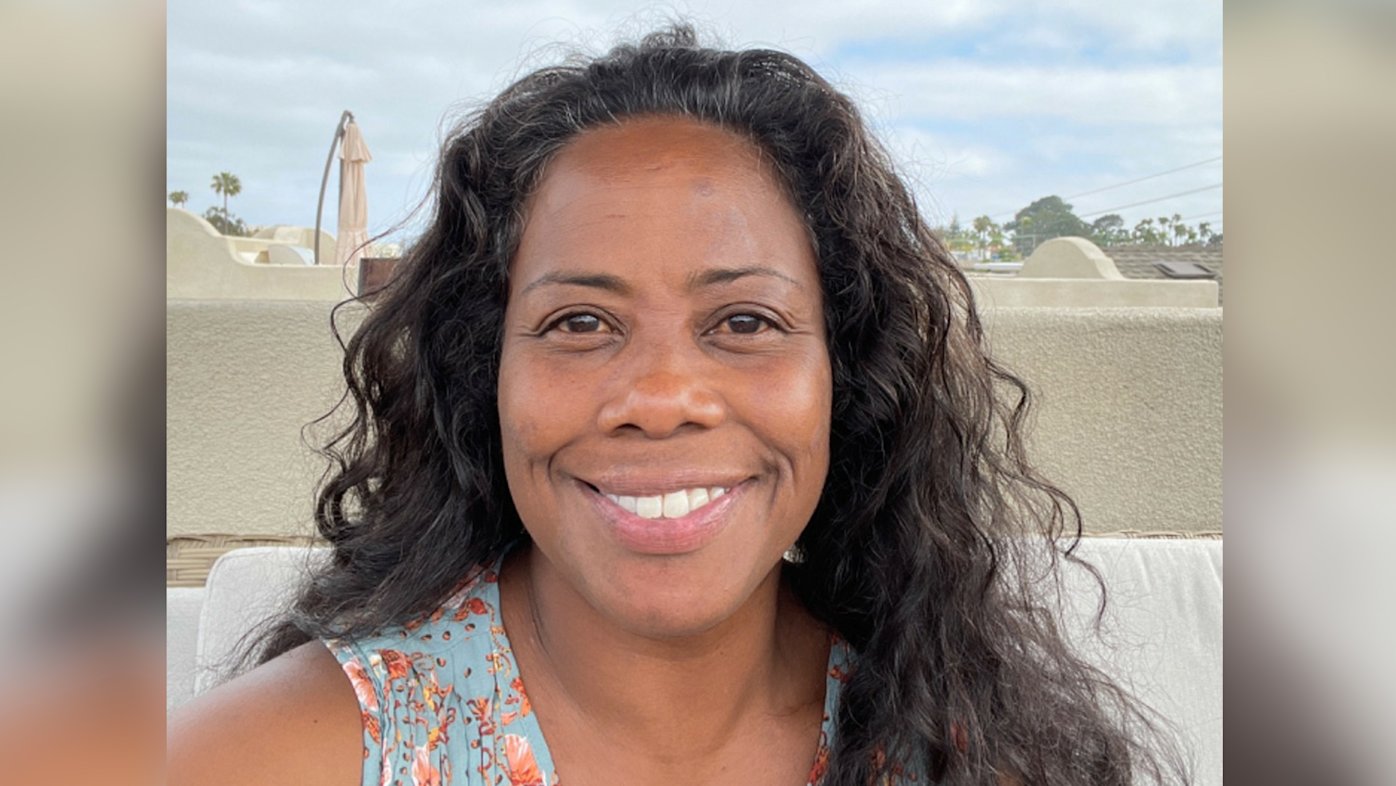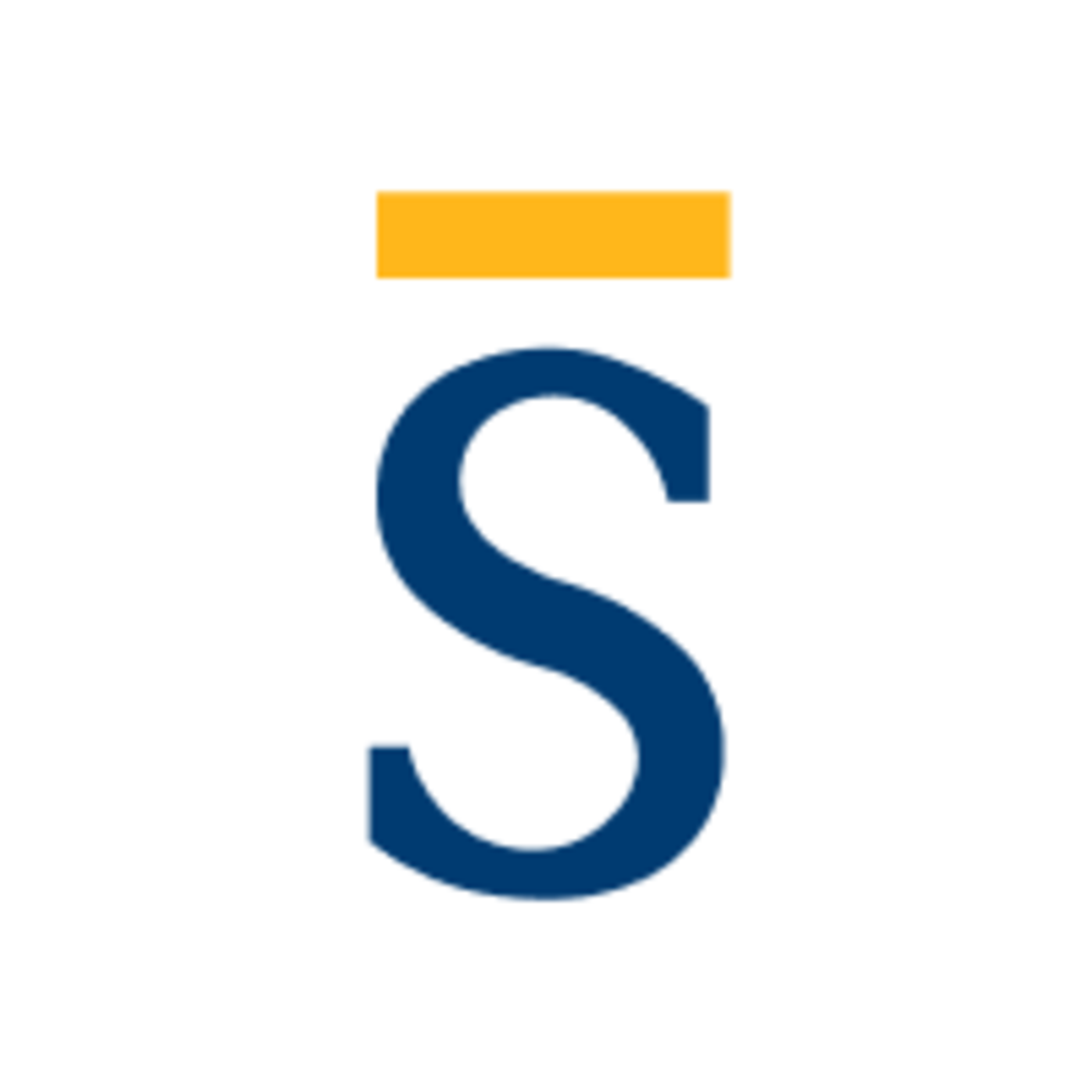
The Facebook post that saved a life
Teresita Brooke posted on Facebook about needing a kidney and received a life-changing response.
Light touch healing; a relaxation technique; a form of meditation; a chance for the body to take a breath and remember what wellness feels like: This is how Kathy Cueva explains reiki, one of the integrative and complementary services offered at Sharp.
Reiki is an ancient Japanese form of energy healing, in which practitioners place their hands lightly on or slightly above a person who is lying down and fully clothed to increase energy levels in their body. The energy is believed to help facilitate a healing response and promote feelings of well-being.
While reiki is not a medical treatment, it is offered as a complementary treatment. Studies have shown reiki can be an effective, noninvasive method of reducing pain, stress, fatigue, anxiety, insomnia and other conditions that cause discomfort. It can also aid in healing.
The rise of reiki at Sharp
It was just over 10 years ago that Kathy Cueva, RN, and Bob Bowen, both reiki master teachers, were Sharp Memorial Hospital volunteers. They had recently opened a reiki school in La Mesa and were asked if they might be interested in creating a volunteer-based program to offer healing reiki sessions to Sharp Memorial patients.
They jumped at the opportunity and within a week, a handful of reiki practitioners were circulating throughout the hospital. By 2019, Kathy and about 30 volunteers were offering up to 400 treatments per month.
“Reiki is one of our complementary care services, which include Healing Touch, aromatherapy, pet therapy, comfort hand massage and more,” says Chris Sikora, a chaplain and the integrative healing coordinator at Sharp Memorial. “We also offer music therapy, sound healing, art at the bedside and virtual concerts through the Arts for Healing Program. Kathy and Bob really built the reiki program. They recruited volunteers and continue to mentor our reiki practitioners.”
When Western practices meet Eastern arts
One of those recruits was Melanie Adams. Having spent 25 years in the health care and pharmaceutical industry, along with raising two daughters, she found herself drawn to eastern practices.
“I became a yoga teacher and have practiced for over 17 years,” Adams says. “The intersection of Eastern arts and Western medicine is fascinating to me.”
However, Adams, now a level 2 reiki practitioner, didn’t discover reiki until someone took a photo of her, and the resulting image showed a spectrum of colors radiating from her hands. The same phenomena happened again — and again.
“I know it sounds kind of ‘woo woo’ — I get it,” Adams says. “I mean, after decades spent in a career in diagnostics and medicine, I wanted to see if there was any research about spectrums. What I found was the possibility that the camera was picking up energetic vibrations coming from my hands. That led me to reiki.”
Experiencing a reiki treatment
Adams, Cueva and the other volunteers spend 10 to 15 minutes with each patient. Doctors, nurses and care providers might suggest reiki to patients, or patients may request the opportunity to receive the healing care. Sikora says that staff members also ask to receive reiki services, an increased demand since the pandemic.
“We can put our hands on, above or around a person’s body and suddenly, there's no pain and the patient's asleep, or has stopped crying or pushing the medication button,” Cueva says. “They close their eyes and allow us to bring this healing energy to them.”
One patient, Dannica Robinson, received reiki treatments from Adams during her hospital stay after experiencing a three-story fall that resulted in multiple fractures and corrective surgeries. “To say she has endured pain would be a gross understatement,” Adams says.
Adams met with Dannica every Thursday during her hospitalization. And while her recovery has been incredibly challenging — and she faces additional surgeries — she looks back on her time at Sharp with appreciation.
"I am grateful I had the healing art form of reiki to keep me going and to find motivation during my time in the hospital,” Dannica says. “It gave me time to close my eyes and focus on my healing. It helped me to sleep — something we all need to heal. Energy work goes a long way in healing."
Reiki and additional integrative therapies are also offered at Sharp’s other hospitals and Sharp McDonald Center. The integrative and complementary medicine programs are used in conjunction with traditional medical treatment to care for the whole person — mind, body and spirit.
“It’s amazing that Sharp has a volunteer program where you can go into a room with the intention of wanting to help,” Adams says. “You’re simply bringing peace and calm — it's just such a beautiful, beautiful opportunity.”
Learn more about Sharp’s quality of care; get the latest health and wellness news, trends and patient stories from Sharp Health News; and subscribe to our weekly newsletter by clicking the "Sign up" link below.

The Sharp Health News Team are content authors who write and produce stories about Sharp HealthCare and its hospitals, clinics, medical groups and health plan.

Kathy Cueva, RN, is a reiki master teacher and volunteer at Sharp Memorial Hospital.

Bob Bowen is a reiki master teacher and volunteer at Sharp Memorial Hospital.

Melanie Adams is a level 2 reiki practitioner and volunteer at Sharp Memorial Hospital.
Our weekly email brings you the latest health tips, recipes and stories.